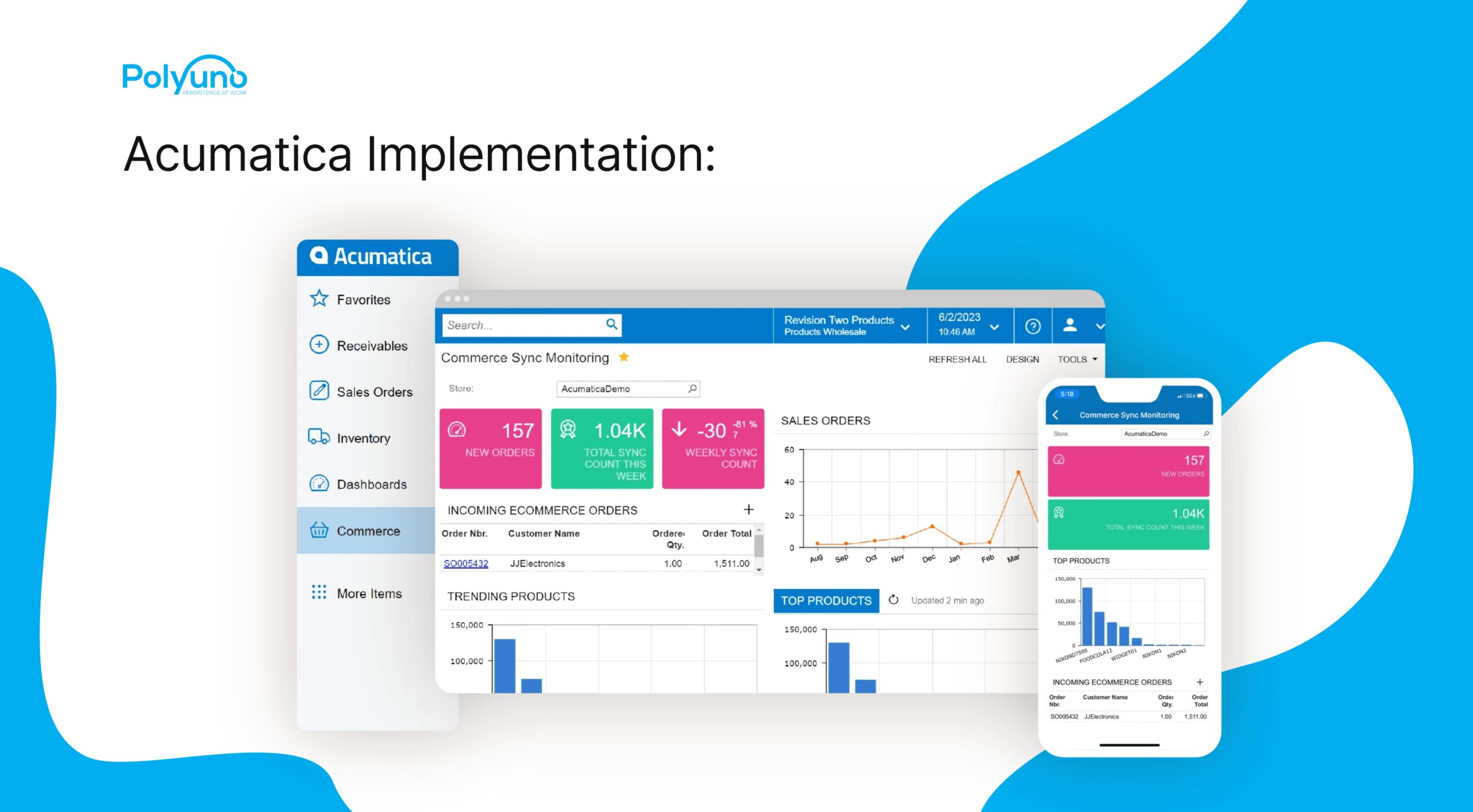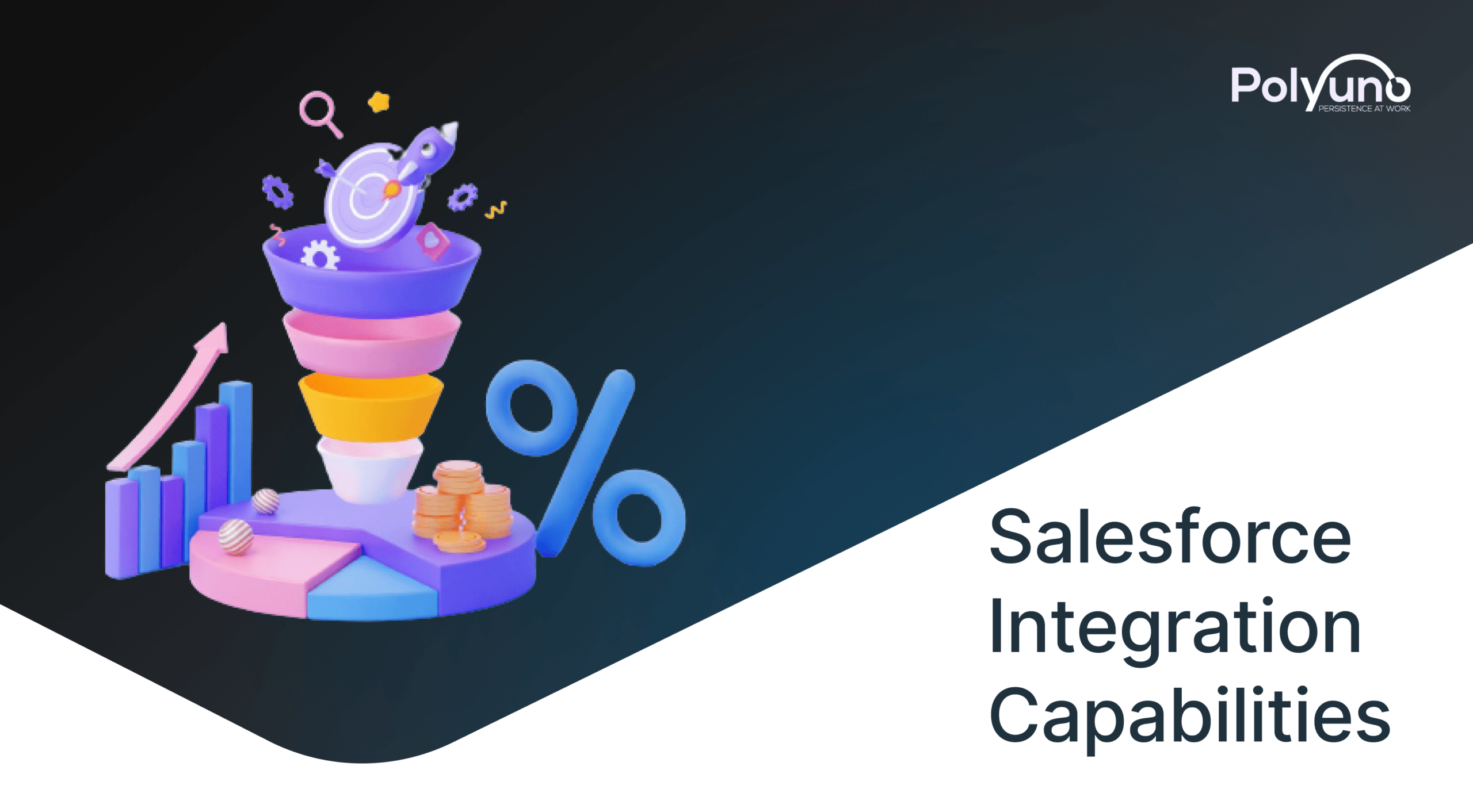The tech stack you choose for web development affects the overall design, functionality, and interface of the software you're developing. Hence, it is imperative to accurately select the appropriate tech stacks.
There are many combinations of tech stacks available for you to choose from. You must conduct proper research and know what you are doing before you go on to selecting a web development tech stack. This article delves into the basics of what tech stacks are, their components, the best tech stacks to consider for 2021, and a few criteria to regard when choosing tech stacks for web development.
What are web development tech stacks?
The term web development stack or tech stack is quite generously used online and often in the wrong context. It simply means a set or stack of tools that are used in the web development process. Individual developers and software companies often have specialized stacks. A stack is designed to be repeatedly used in the web development process.
As a potential client of individual developers or software companies such as Polyuno, you should definitely consider what stack the company will be using to develop your software for you.
The web development stack is a noticeable feature that makes one software developing entity different from the other.
Web development is a two-way process -
- Front-end programming - Front-end programming, also known as Client-side programming, is the side that deals with the user experience of the site or app.
- Back-end programming - Back-end programming, otherwise known as Server-side programming, deals with the behind-the-scenes of the site or app.
Both parts of the development process need to work together in tandem to complete a project flawlessly.
Front-end development Tech stacks
Front- end stack represents the set of tools and technologies used to make an app or website. It also includes front-end frameworks, libraries, testing tools, version control systems, and caching and deployment tools.
Front-end Technology Stack Components
The most common front-end technologies include-
HTML (Hypertext Markup Language)
HTML is a programming language that is used to create the framework for each webpage.
CSS (Cascading Sheet Styles)
CSS plugs are used to transform the overall look of the page and make it look sophisticated. CSS is also used to annotate text and embed tags in various electronic documents.
Frameworks for HTML and CSS such as Bootstrap and Foundation vastly help with web development. These are necessary because a webpage or app isn't just about looks or aesthetics. Overall user-ease and experience are also essential aspects to take into consideration.
Bootstrap reduces development time and helps create high-quality websites compatible with all modern browsers. On the other hand, Foundation provides the developers with greater flexibility and offers an extended suite of tools to help facilitate the production of large corporate websites.
JavaScript
JavaScript or JS is another programming language that adds interactive and functional features to the webpage and helps run the browser.
JavaScript Stacks usually come equipped with special tool kits. These tool kits help speed up the web development process and provide an organized structure of the code. A couple of mentionable frameworks include Angular.js, Vue.js, jQuery, and React.js. Each framework works differently, so you must be well aware of its features and application domains.
Angular.js: Angular.js was created by Google and gets tremendous support from the tech giant. It is usually used to build dynamic websites and single-page apps (SPAs).
Vue.js: This one is incredibly new and consists of an easy-to-understand framework. You only need some necessary JavaScript and HTML knowledge to master Vue.js. However, Vue.js is an independent open-source framework that is not under a particular company's concern.
jQuery: Besides fixing compatibility issues, jQueary makes communication between JavaScript and HTML seamless.
React.js: React.js is a brainchild of Facebook. It is a renowned programming language that lets developers create reusable UI elements.
Back-end development Tech Stacks
Back-end development Tech Stacks include a combination of back-end tools and technologies that developers use in harmony. The back-end development stack contains software from various categories including -
- Containerisation Tools: Docker, for instance, is used to deploy and scale up apps.
- APIs: Used by developers and UI as a means to communicate with the system.
- Caching mechanisms
- Search engines
Back-end Technology Stack Components
The back-end programming side is made up of three major components-
- Programming languages
- Databases
- Servers
Programming Languages
A programming language is a form of computer language that programmers and web developers use to develop scripts, software programs, or other sets of instructions for computers to execute.
Simply put, programming languages are used to render interoperability between servers, databases, and the front-end of an app or website. Web frameworks work to simplify the process of back-end development. Most programming languages have at least one universal framework to accompany them.
The most popular programming languages and their frameworks include some of the following -
Python: Python is powered by Django Pylons, Flask Frameworks and is one of the most popular programming languages available. It is useful for the development of complex apps and is coveted by most developers.
NodeJs: NodeJs requires you to have JavaScript knowledge. Therefore, it is often used in stack with JavaScript as a part of the front-end infrastructure. It is usually used to create server-side apps.
Java: Java is one of the best possible programming languages out there. It is swift, secure, and scaleable. The Hibernate, Spring, and Struts framework is usually used with Java.
Ruby: Ruby has been designed with simplicity and productivity in mind. You can make powerful apps in a couple of days without much hassle. Ruby on Rails or RoR is an open-source framework that has been around for two decades.
PHP: Laravel is thought of as one of the most popular frameworks for this widely-used programming language.
Databases
A database is a structured collection of information.
Databases typically include collections of data records or files. There are several types of databases. However, MySQL continues to stand out. All experienced web developers, including Polyuno, use this database.
MySQL has been specially designed for web development, and it provides high performance and scalability. This database is the best option for heavily dependent apps on multi-row transactions, for example - a typical banking app. MySQL is still an excellent choice for a wide range of apps. It offers an intuitive interface and batch commands that can reliably process a vast amount of data. Moreover, it is free, making it all the more appealing to developers.
Servers
Servers are used to receive and process requests from multiple user devices. Some of the most popular web servers include -
Apache HTTP Server: Almost 40% of all websites use Apache. The server has outstanding documentation features and extensive support from its users.
NGINX: NGINX is a server known for its extraordinary performance and scalability, making it a popular choice amongst many developers. It is excellent for dealing with heavy load pages with multiple simultaneous sessions.
IIS: The IIS Web server is perfect for those who are reluctant to go through the hassle of dealing with confusing files on the command line as the IIS settings are already set up through a graphical interface on the Windows platforms.
Full-stack Framework

The full web development stack combines the front-end framework, the back-end solution, and the database. The top tech stacks of 2021 are listed below.
- MEAN Stack
- MERN Stack
- LAMP
- Python-Django
MEAN Stack
The MEAN Stack is arguably the best out of all the tech stacks mentioned in this article. The MEAN Stack is comprised of-
- MongoDB (NoSQL): Database
- Express.js: Back-end Web framework
- Angular.js: Front-end framework
- Node.js: (open source cross-platform server): Server

JavaScript is the only programming language that is used throughout this stack. The MEAN Stack is used to develop complex web and highly responsive mobile applications. This stack's components go well with JSON and have significant data transmission history and free access to the module library. This stack is smartly used to create fast, profoundly efficient, and scalable software applications.
All the technologies available in this stack are open source and free and have generous support from the developers' community. The database used is highly scalable and can impeccably handle spikes in usage. The applications created on MEAN are adaptable and extensible and can be effortlessly cloud-hosted due to having their own web server.
The MEAN Stack is responsible for the creation of fast deploying web apps, websites, and API. It is a well-rounded stack and perfect for building all types of websites and synergistic apps.
The MERN Stack
MERN and MEAN are nearly identical with a slight difference in the front-end framework. Whereas the MEAN has the Angualr.js, MERN swaps it out for React. This integration of React is a differentiating factor for MERN, giving it an advantage over the other stacks.

React has a robust library and an incredible ability to use codes on servers and browsers cohesively. React uses both JavaScript XML and Virtual DOM. React is a widely known framework favored for its focus on flexibility and performance, allowing developers to build powerful top-notch single-page apps with interactive interfaces.
The MERN technology stack also comes equipped with a comprehensive suite of testing tools, which is open source with community endorsement. It is the second most popular (after MEAN) web technology stacks of 2021.
The LAMP Stack
The LAMP stack is open-source, free software. It can easily be considered a standard in the web development stack industry. It is made up of -
- Linux: Operating System
- Apache: Server (HTTP)
- MySQL: Database Management System
- PHP: Programming Language

The Linux OS can easily be replaced with the macOS and turned into MAMP. Windows OS changes it into WAMP. The LAMP stack's stability, power, and scalability have made it truly coveted in the web development community.
Python-Django
The Python-Django tech stack is perhaps, the most on-trend tech stack on this list. The Apache web server, MySQL, and the Django framework work together to develop server-side development. Django is beneficial for websites because of the many third-party packages it offers.
How To Choose A Tech Stack
The type of tech stack you are using to develop your web page or app dramatically affects the outcome. Different websites or apps have diverse requirements, and you should consider the things listed below when choosing a tech stack.
Size of project
Projects are classified based on their size and complexity. Small projects include single-page sites, portfolios, presentations. Medium-sized projects are online stores that require a more complicated stack. Large projects are e-commerce marketplaces and social networks that require high scalability, speed, and stability.
Time to market
If your product is to be launched within a brief period, you may opt for a minimum viable product, or use ready-made solutions to help reduce the development time. If you have ample time to release your product, you may go for more advanced, complicated stacks.
Scalability
How quickly and how much you expect your website to grow is very important when choosing a tech stack. Some frameworks are primarily known for their capabilities while others aren't very good at dealing with this aspect.
Summing Up
Choosing the appropriate technology stack for your development project can be an intimidating task. Knowing how each component works is an excellent guide to better decision-making. Every project has its own ups and downs. Therefore, it is vital to conduct proper research and choose the most suitable stack for your project.
Here at Polyuno, we utilize the most effective technology stacks to make your software product extremely competitive and fulfill your organization's requirements.




